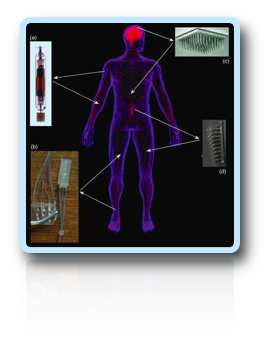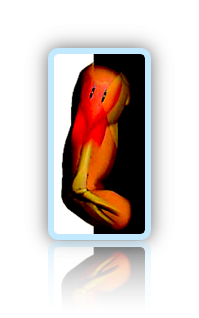





The electrical properties of microstimulators are suitable for a wide range of clinical applications.
The flexibility of microstimulators make them ideal for many FNS applications. Multiple single-channel devices can be injected into various muscles or regions of a single muscle allowing for precise control of movement without the need for multiple leads and controllers. Control of the microstimulator can be achieved in any combination of channels from 1–256 through a single externally worn coil [1].
The small size of the microstimulators allows them to be easily implanted into locations that may be difficult to reach using standard surgical techniques and electrodes requiring connecting leads. An insertion tool can be used to test stimulation locations by passing electrical current before the injection of the

 permanently implanted devices. Some of the applications of FNS that may be suited for this type of technology include urinary control, bowel management, sexual function, pain management, as well as the control of manipulation and mobility. Like most FNS devices, microstimulators activate muscle fibers indirectly by exciting the terminal branches of motoneurons, so they are most appropriate for paralysis and paresis caused by upper motor lesions in which the motoneurons and peripheral nerves remain intact.
permanently implanted devices. Some of the applications of FNS that may be suited for this type of technology include urinary control, bowel management, sexual function, pain management, as well as the control of manipulation and mobility. Like most FNS devices, microstimulators activate muscle fibers indirectly by exciting the terminal branches of motoneurons, so they are most appropriate for paralysis and paresis caused by upper motor lesions in which the motoneurons and peripheral nerves remain intact.



Microstimulators can also be used in muscles located too deep for surface stimulation. Other applications include postoperative therapy following hip or knee surgery [3]. A lack of mobility in these patients can greatly increase their rehabilitation time; by maintaining muscle strength, recovery time could be reduced. Microstimulators are ideal solutions for these types of therapeutic applications because they are easily implanted nonsurgically and do not need to be removed after the rehabilitation period, because they are essentially inert when not actively powered. However, in the event of an infection they could be removed surgically.







Go to BME 240 Homepage


Back
Next


